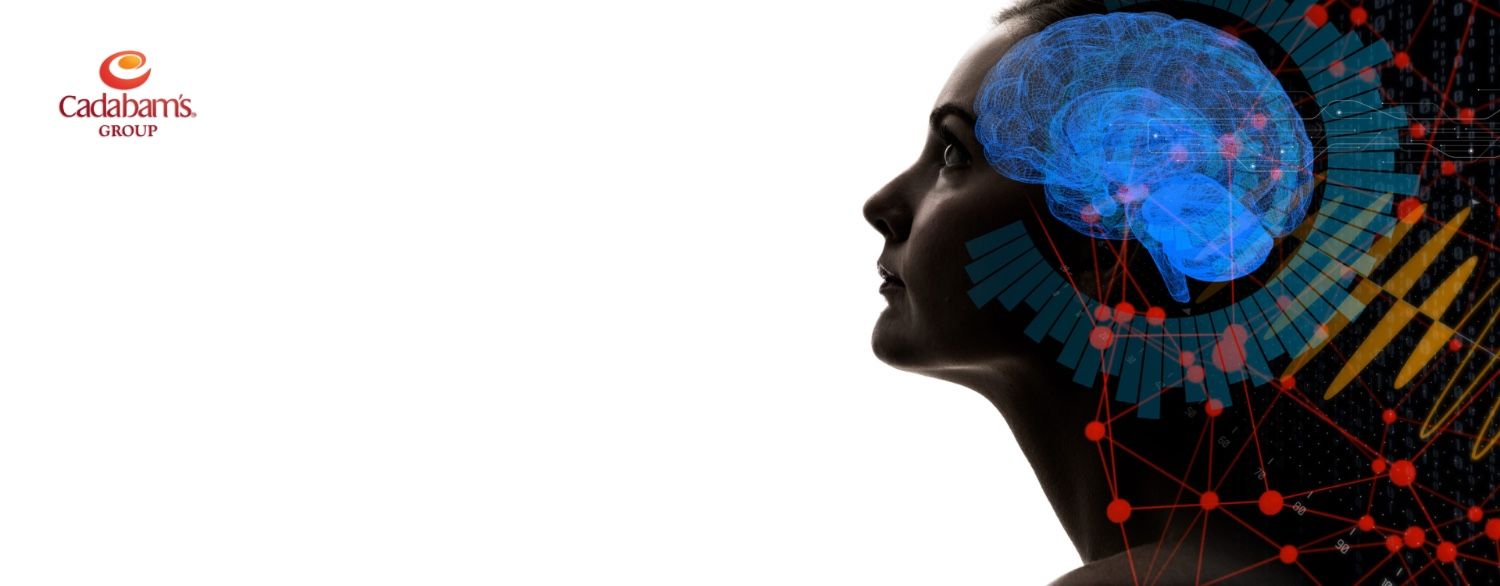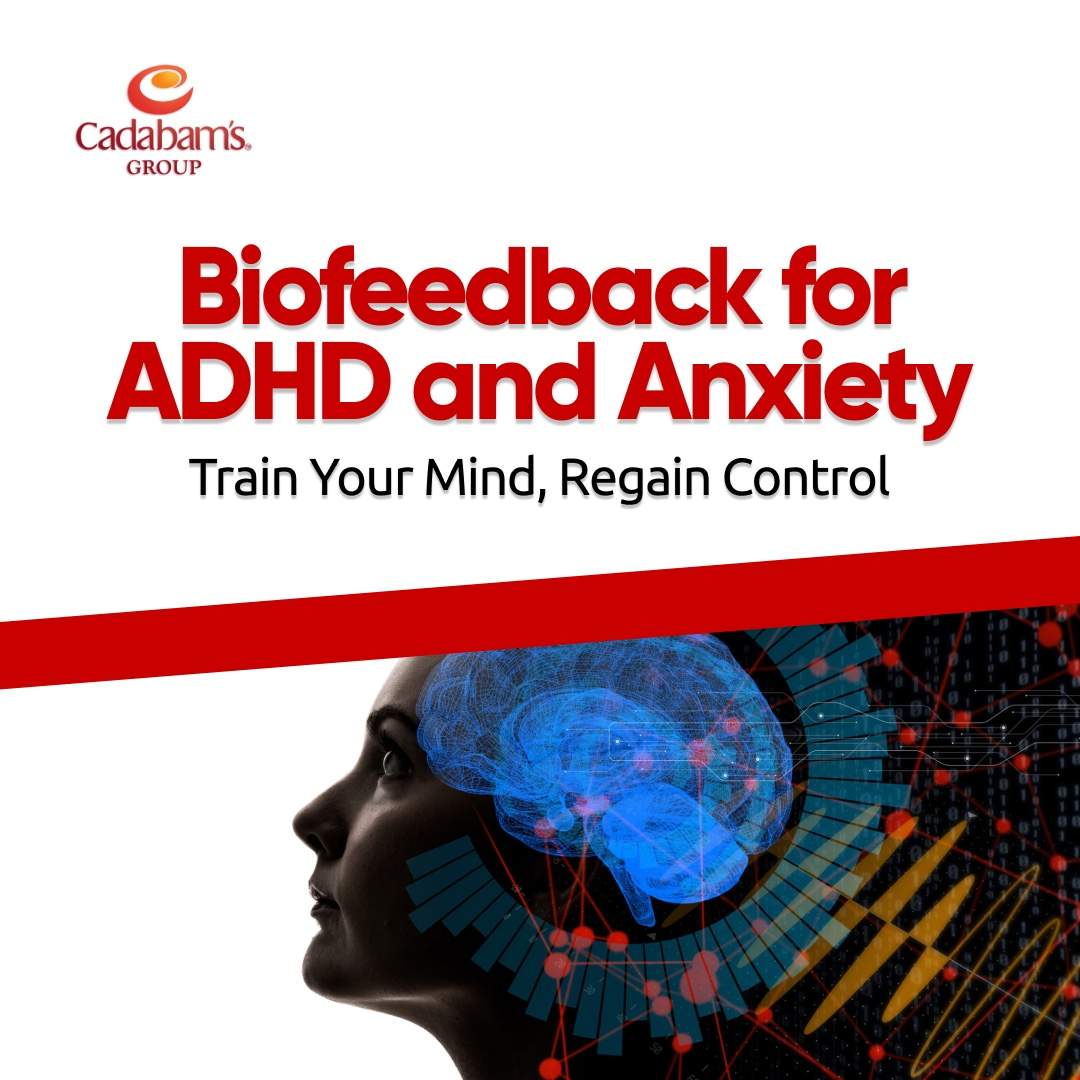Biofeedback is a more comprehensive term than neuro-feedback. The latter is synonymous with EEG biofeedback which is a very specific protocol, neurological in nature that is utilized to improve brainwave activity. EEG biofeedback is especially useful for treating neurological conditions such as ADHD (attention deficit hyperactivity disorder), stress/anxiety, sleep disorders, epilepsy, traumatic brain injury, and other related conditions. For a child without ADHD, the act of concentrating on a task helps speed the brain’s activity, rendering it more efficient. The contrary is true for a child with ADHD – inversely, concentration makes a child with ADHD more distracted and therefore less efficient. That’s why simply trying to help a child pay attention isn’t the most effective solution. The idea behind neurofeedback is to help children with ADHD learn how to make their brain be attentive when it needs to be.
Here is discussed how biofeedback is taken from ADHD when it is in a occurring stage and then through therapy the results are reversed when through EEG biofeedback therapy the patient are counseled to implement the results to control brain waves. This helps the patient to normalize the brain activity in a trained and controlled environment to treat an aroused ADHD episode to a dormant episode. It is done with special electronic links (sensors and monitors) which are strategically placed on the brain and other related areas of the head to be studied and the divergent brain activity that arises there is recorded with the physical symptoms through data gathering methods. This data is in turn used to control symptoms by training and learning to live in a stage of adhd free body, mind and brain. This has been a proven and effective technique and takes time to be implemented and even more for it to show results on the patient. An ADHD diagnosis can be difficult. It’s a complex disorder that can affect many aspects of a child’s daily life and behavior, which is especially why early treatment is so important.
ADHD generally arises in the age group of 4 years to 17 years and is twice more likely to occur in a boy than a girl. This is because of the sociological factors in which the male and female grow. For example the boy is more likely to be active than the home bound girl. This disease is more aptly described as a brain of a Ferrari car and the brakes of a cycle. The speed of the vehicle/brain is in no way controllable by the primitive cycle brakes.
During a neuro-feedback session, a doctor will instruct the child to focus on certain tasks. Sensors and monitors attached to the child’s body will show how their body is reacting. At the same time, the child can monitor their own brain wave patterns. Doctors believe that if a child is able to see their brain’s activity while they’re focusing on a particular task, they can learn to control their brain activity more effectively. This helps control ADHD without medication and may have a higher success rate.
Biofeedback is designed to help you get in touch with your own feelings and emotions by allowing you to see them directly. This becomes more relevant as anxiety covers all age and gender groups and has a much greater rate of prevalence in society. This is useful in anxiety biofeedback were many techniques are available to study muscle movements, skin temperature, sweating, electrical activity of the brain, changes in heart rate, breathing rate. The disadvantage of biofeedback is as follows. Biofeedback devices are generally used exclusively in therapeutic settings. This can be a disadvantage, as they are not available for patients for more than a few hours a day. However, it can also encourage the brain to practice the reactions it has learned when hooked up to the devices when no devices are present.
If you want to understand the process or be part of the treatment group please do not hesitate to walk into our hospital and see for yourself the treatment benefits and avail the state of the art facility.
.webp)





